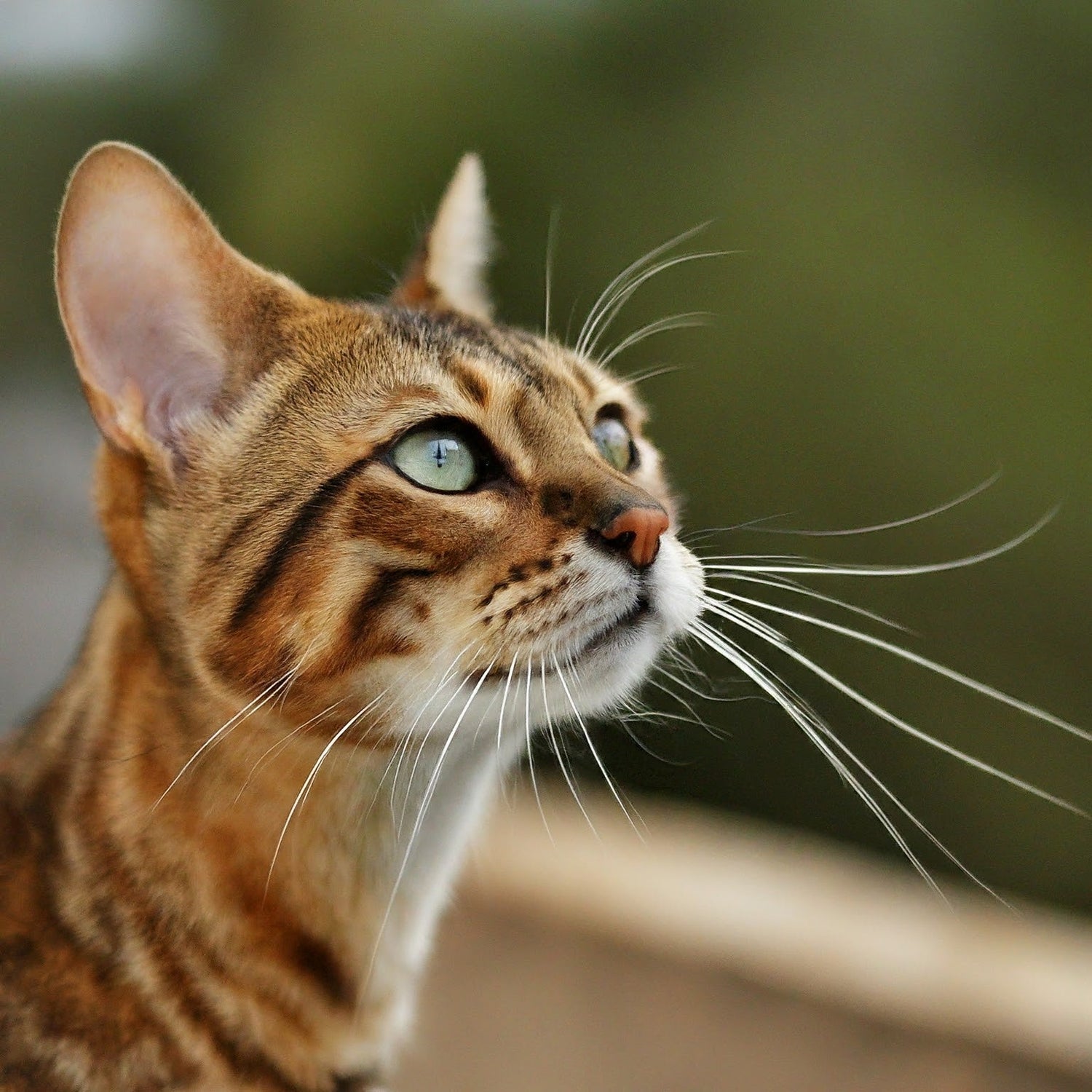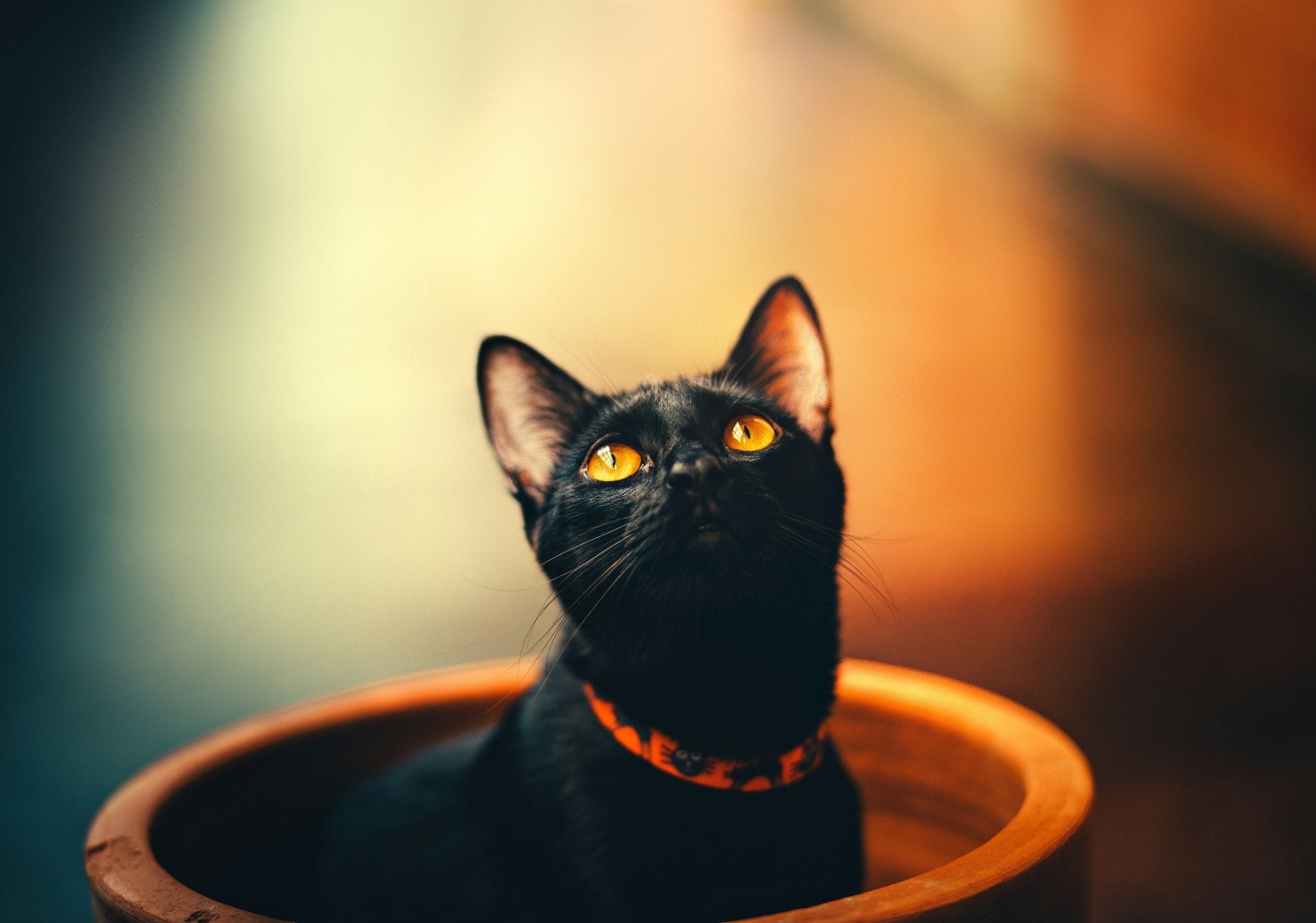Whisker Wonders: Beyond Cute Facial Hair
Those elegant, seemingly delicate hairs adorning your cat's face are far more than just charming embellishments. They are highly specialized sensory organs, acting as finely tuned antennas that allow your cat to perceive the world in ways we can only imagine. Let's dive into the fascinating realm of whiskers and uncover the wonders they hold.
Whisker Anatomy: A Network of Sensory Input
Each whisker is deeply embedded in a follicle surrounded by a rich supply of nerves and blood vessels. These nerves are connected to a specific region of the brain responsible for processing sensory information. When a whisker brushes against an object or even senses the subtlest shift in air currents, it triggers a cascade of signals that travel to the brain, providing your cat with valuable information about its surroundings.
Whiskers as Navigational Tools
Whiskers act as an extension of your cat's senses, helping them navigate even the most challenging environments. The length of a cat's whiskers roughly corresponds to the width of their body, allowing them to gauge whether they can fit through tight spaces without getting stuck. In dimly lit conditions, whiskers become invaluable guides, helping cats detect obstacles and avoid collisions.
Think of whiskers as a cat's built-in radar system. They sense minute changes in air pressure and vibrations, allowing them to detect the presence of objects even in complete darkness. This explains why your cat can effortlessly leap onto countertops or prowl through the house at night without bumping into furniture.
Whiskers and Hunting Prowess
Whiskers are not only essential for navigation but also play a crucial role in your cat's hunting instincts. As your cat stalks its prey, its whiskers detect even the slightest movements, helping it pinpoint the exact location of its target. This heightened sensitivity allows your cat to execute precise pounces and captures, even in low-light conditions.
Emotional Expression Through Whiskers
Believe it or not, your cat's whiskers can also reveal their emotional state. When your cat is relaxed and content, their whiskers will be held loosely at their sides. However, if they are feeling threatened or agitated, their whiskers will be pulled back against their face. By paying attention to your cat's whisker position, you can gain valuable insights into their mood and adjust your interactions accordingly.
Caring for Your Cat's Whiskers
Since whiskers are such vital sensory organs, it's important to take care of them. Avoid pulling or cutting your cat's whiskers, as this can cause them pain and disorientation. Be mindful of their whiskers when feeding them, as bumping into food bowls can be uncomfortable.
In Conclusion
The world through your cat's eyes (or rather, whiskers) is a rich and vibrant tapestry of sensory information. By understanding the remarkable capabilities of their whiskers, we can gain a deeper appreciation for our feline friends and their extraordinary abilities. So, the next time you see those adorable whiskers twitching, remember that they are more than just cute adornments—they are the key to your cat's incredible sensory superpowers.



